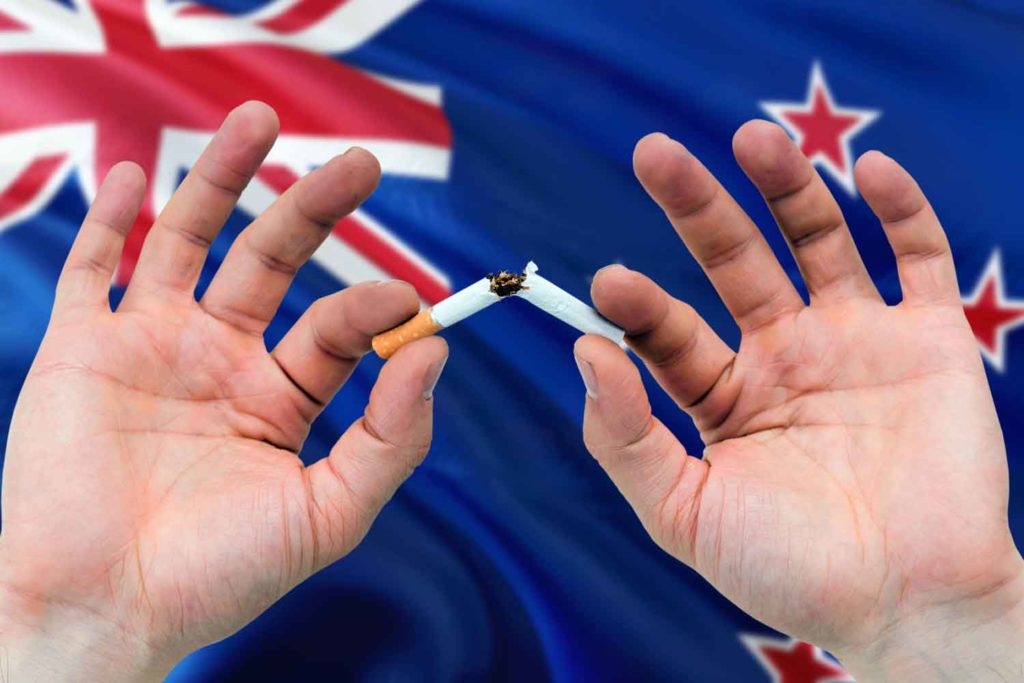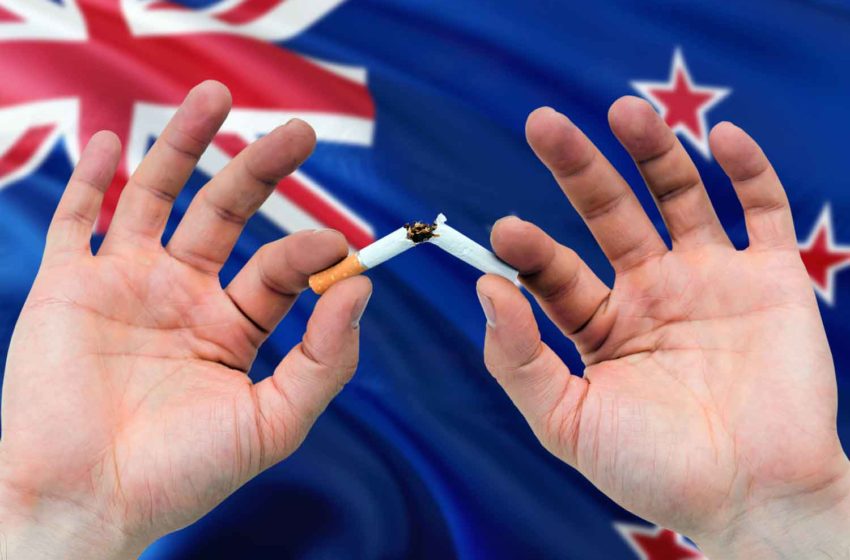
New Zealand has achieved its Smoke-Free 2025 goal ahead of schedule, with smoking rates plummeting to unprecedented lows, according to the Coalition of Asia Pacific Tobacco Harm Reduction Advocates (CAPHRA).
Data from the most recent New Zealand Health Survey reveals that smoking rates have fallen dramatically, particularly among youth. The decline has been so significant that statisticians now struggle to accurately measure the small proportion of young smokers due to sample size limitations, says the CAPHRA, which attributes the success to New Zealand’s accommodation of new nicotine products as tools to help nicotine users transition away from cigarettes.
“New Zealand’s success in reducing smoking rates is a testament to the country’s progressive approach to tobacco harm reduction,” said Nancy Loucas, executive coordinator of the CAPHRA. “By embracing vaping and other less harmful alternatives, we’ve seen smoking rates drop from 11.9 percent in 2020 to an astounding 6.8 percent in 2023. This is a clear indication that our strategy is working.”

Our success story should be a wake-up call for countries like Australia who are still clinging to prohibitionist policies.
Nancy Loucas, executive coordinator, CAPHRA
The success is particularly notable among young people, with youth smoking rates reaching historic lows. “The fact that we’re having difficulty measuring youth smoking rates due to their minuscule prevalence is a cause for celebration,” Loucas added. “It’s a clear sign that we’re winning the battle against smoking-related harm.”
Despite this undeniable success, some in the tobacco control and public health sectors seem reluctant to acknowledge the effectiveness of New Zealand’s approach, according to the CAPHRA.
“It’s perplexing that some individuals in tobacco control can’t seem to accept our successful strategy,” said Loucas. “We’ve achieved what many thought impossible, yet instead of celebrating, they’re focusing on potential issues with vaping. We need to recognize this victory and continue supporting policies that have proven effective in reducing smoking rates.”
The CAPHRA urges policymakers and health advocates worldwide to look to New Zealand as a model for successful tobacco harm reduction. The organization emphasizes the importance of embracing evidence-based approaches that include a range of less harmful alternatives to smoking.
“Our success story should be a wake-up call for countries like Australia who are still clinging to prohibitionist policies,” said Loucas. “It’s time to put aside preconceived notions and focus on what works—a pragmatic harm reduction approach that prioritizes public health over ideology.”











